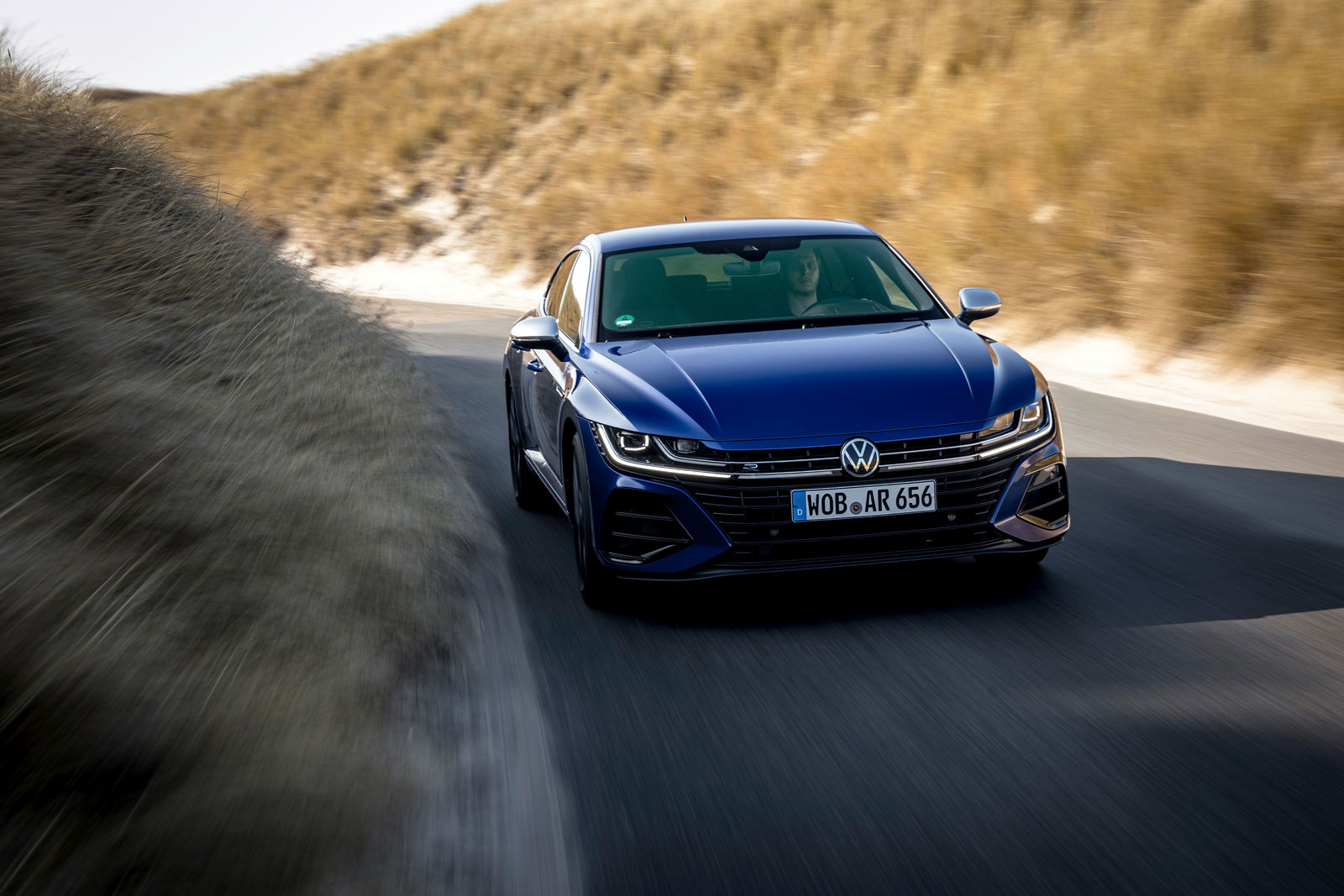I’ve said this before but I continue to be ignored in general so I’ll continue to say it:
A 0.0.x release from 12.3.4 to 12.3.5 is a maintenance release. It is unlikely to have fixes that you will notice. It will be the same neural network. Maybe, if you’re lucky, you’ll see some fix to something. But for most of us, we’ll see no change yet imagine that it’s a whole newly-trained neural network.
We all need to dial back the excitement and expectation for these maintenance releases. They are very minor changes.
The things we will really notice will come with minor or major version upgrades…12.3 to 12.4 for example.
Hate to be Debbie Downer but it’s important to keep expectations in check as it minimizes the annoying whining I have to wade through in this thread




